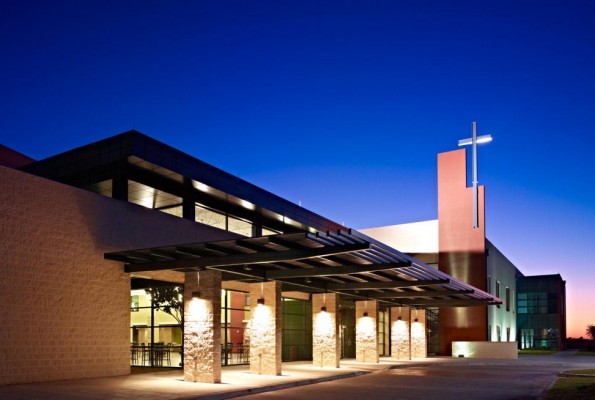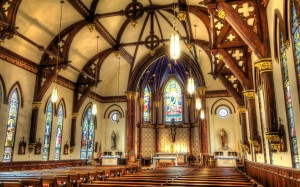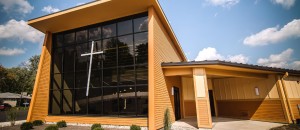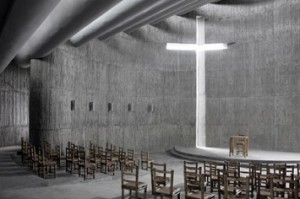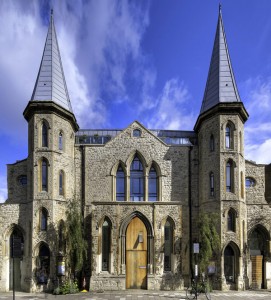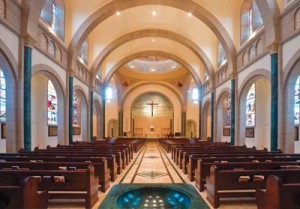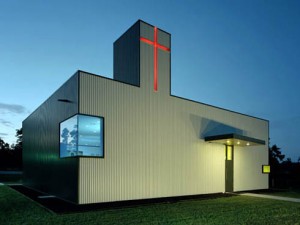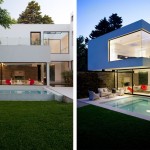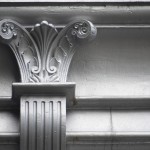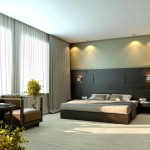Places of worship can take many forms. Essentially, they are spaces that allow for contemplation, reflection and meditation. The traditions steeped within each tradition have dictated the architecture for centuries. But as Tom Kington’s article in The Telegraph points out, “the last architects to work closely with the church were back in the 17th century Baroque era”. The work we are looking at today has attributes of a universal approach to religion. The buildings are manifestations of the values that are common over a broad scope of religious beliefs, but may also be accepted by secular, non-religious people.

